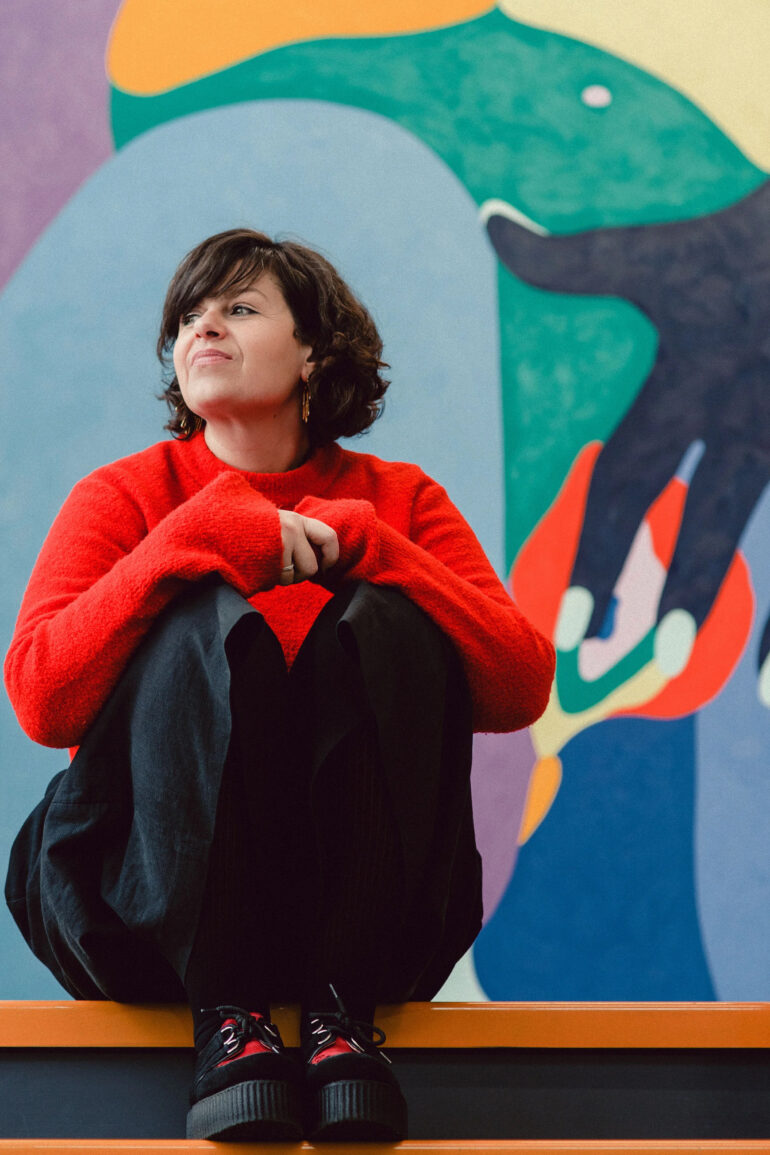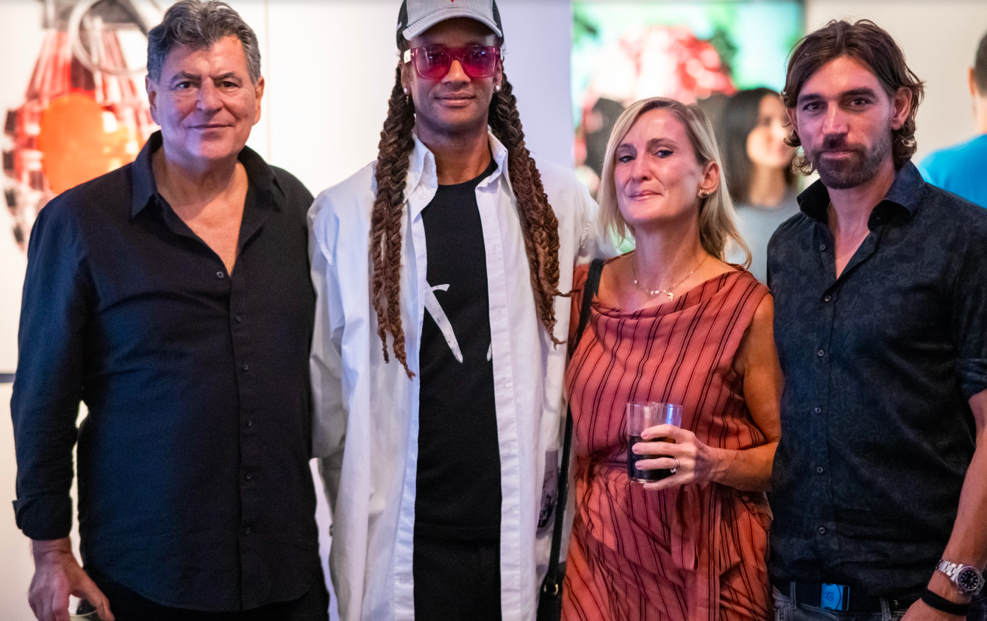Post Human VII brings together nine contemporary artists who translate their creative visions into exquisitely handwoven carpets, blending fine art and craftsmanship in a striking new collaboration between CMJZ Arts, curator Tobias Ross-Southall, and Thames Carpets. Presented at the new Cramer St Gallery in Marylebone Square, the exhibition features works by Hayden Kays, Helen Beard, Sola Olulode, Saman & Sasan Oskouei, Tom Furse, James Massiah, Mays Al Moosawi, Michael McGrath, and Tobias Ross-Southall himself.
Reimagining the historical significance of rugs and tapestries through a contemporary lens, Post Human VII celebrates the timeless artistry of weaving as a form of modern expression — creating handmade, collectible works that bridge culture, time, and technique. As Ross-Southall notes, “In a divided world, this project affirms the power of art to unite.”
Post Human VII runs from 14th October to 9th November at the new Cramer St Gallery, Marylebone Square.
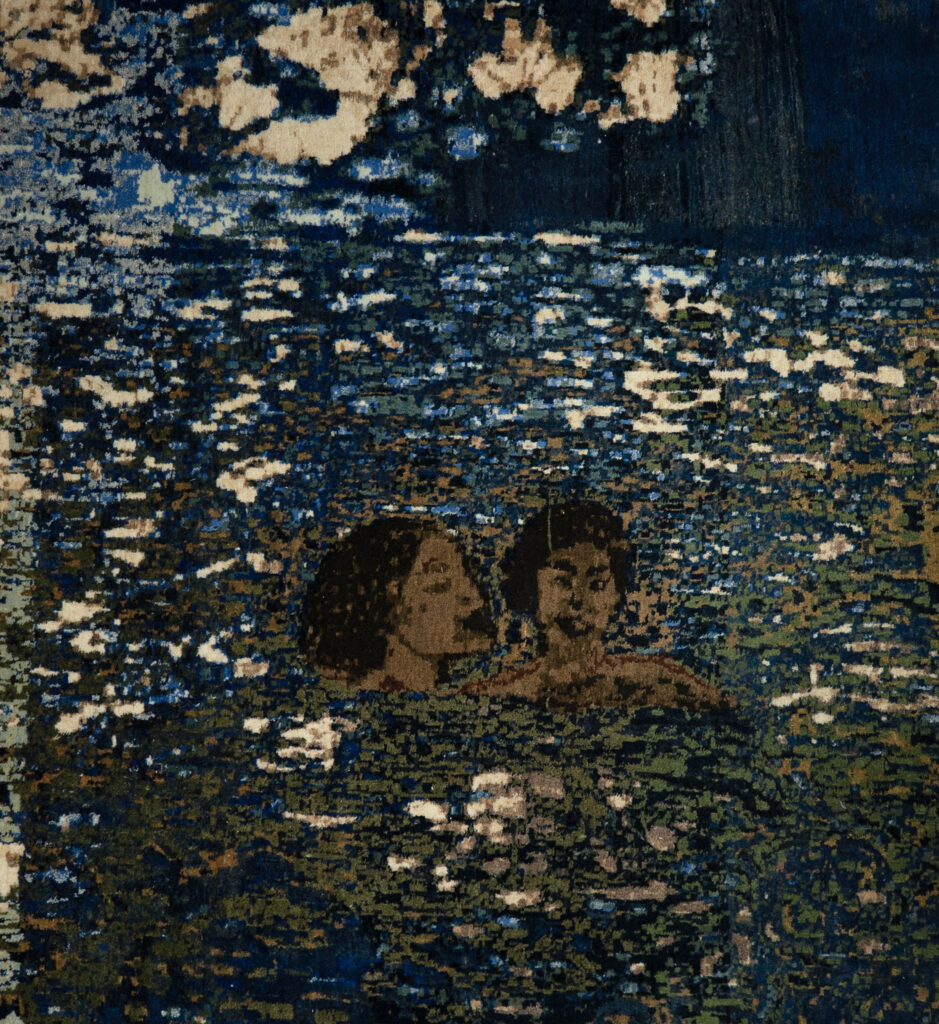
Hayden Kays
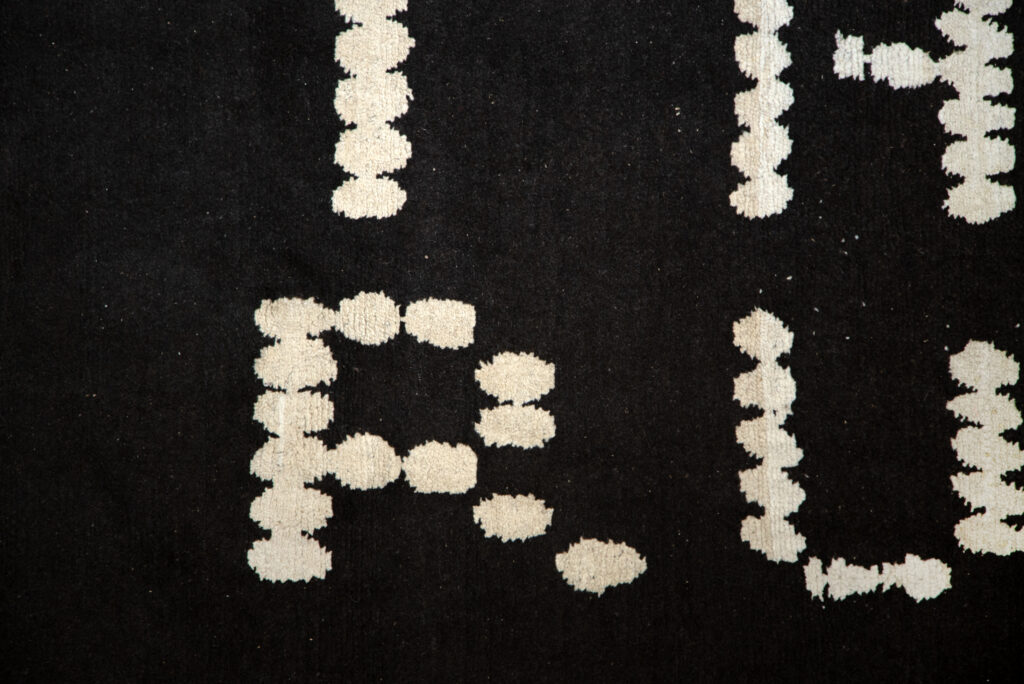
This project brings contemporary artistic visions into dialogue with the ancient craft of weaving. How do you see the act of translating digital or conceptual ideas into handwoven carpets reshaping our understanding of both mediums?
There’s something beautifully contradictory about turning a conceptual idea, often fleeting, digital, intangible, into something so physical, heavy, and labour-intensive. A rug demands time, touch, and craft. It slows the idea down. I like that tension: an instruction, a warning, a joke, painstakingly hand-woven by artisans.
Historically, rugs and tapestries have been carriers of cultural memory and symbols of power. What kinds of narratives or cultural shifts do you hope this collaboration with Thames Carpets will capture for our time?
We’re living in an age that sweeps everything under the rug, politics, trauma, history, guilt, truth. My piece literally says DO NOT LOOK UNDER THE RUG. It’s both an invitation and a prohibition. A commentary on our collective habit of concealment. So, if these rugs capture anything of our time, I hope it’s the absurd theatre of pretending everything’s fine while the floorboards groan with secrets.
The works are described as both sculptural and political—objects and surfaces. Can you speak to how the materiality of weaving offers a unique platform for contemporary artists to explore these dual roles?
A woven surface is never just flat, it’s a skin made of tension. Every thread pulls against another to hold the image in place. That’s sculpture, that’s politics. My rug looks soft and domestic, but it’s loaded with suggestion. The material itself becomes complicit: comforting you while whispering something unsettling.
Helen Beard
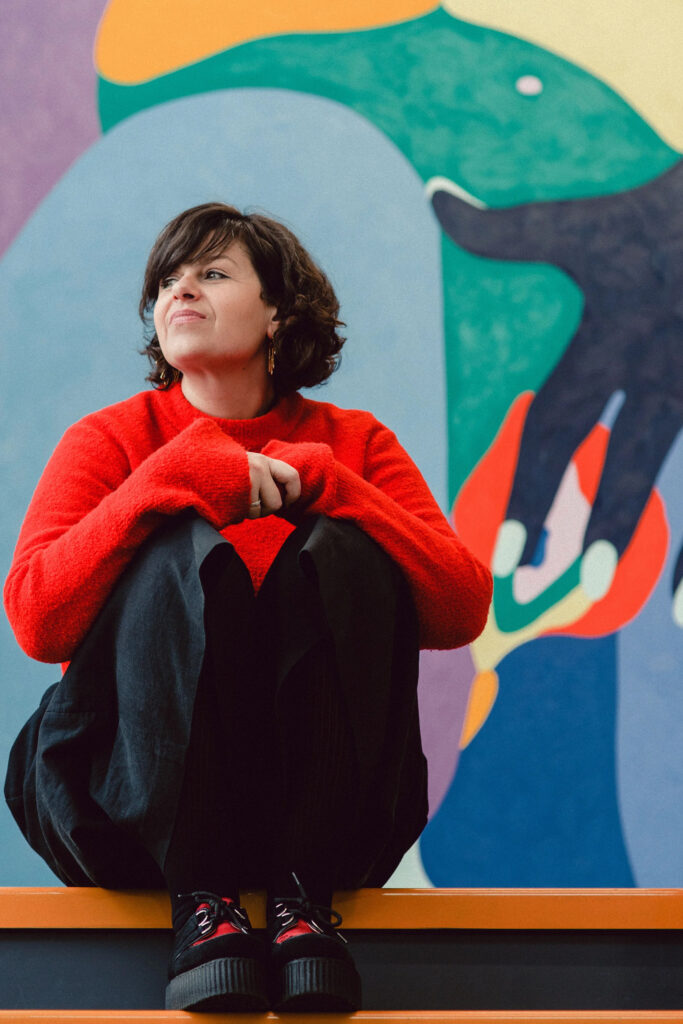
This project brings contemporary artistic visions into dialogue with the ancient craft of weaving. How do you see the act of translating digital or conceptual ideas into handwoven carpets reshaping our understanding of both mediums?
When I was invited to participate in Post-Human VII I was excited about translating my painting into a large scale rug, particularly as it is handmade. Tapestry is an element of my practice and I have created a few pieces made by hand, but not on the scale of the work in this exhibition. My interest in tapestry was kindled by my grandmother, who taught me all kinds of craft and and making tapestry or weaving are really meditative experiences. In Western societies it has traditionally been associated with women and I like the idea of subverting stereotypes associated with tapestry, such as pre 20th century samplers, which were used as a way of educating women.
Historically, rugs and tapestries have been carriers of cultural memory and symbols of power. What kinds of narratives or cultural shifts do you hope this collaboration with Thames Carpets will capture for our time?
It has been a wonderful process to visit Thames Carpets workshops and hear about how the rugs have been constructed, and the ideas behind the traditionaI designs. I love the idea of my painting being translated in another material by the Iranian weavers and the fact that the rugs, which although contemporary, will nod to the stories that have always been told throughout history. Stories of love and human connection that are timeless.
The works are described as both sculptural and political objects and surfaces. Can you speak to how the materiality of weaving offers a unique platform for contemporary artists to explore these dual roles?
It’s a new iteration of an artwork and opens up possibilities to explore different textures other than painting. I consider my oil paintings to be sculptural – the application of the paint creates a raised surface and my brush strokes are very defined and fluid, mimicking the sensation of a caress. The care that is applied in tapestry or rug making is a continuation of this nurturing, loving approach: it’s all about giving time to the piece – either through the application of paint layers or the skilled labour and weaving techniques used to create a rug.•
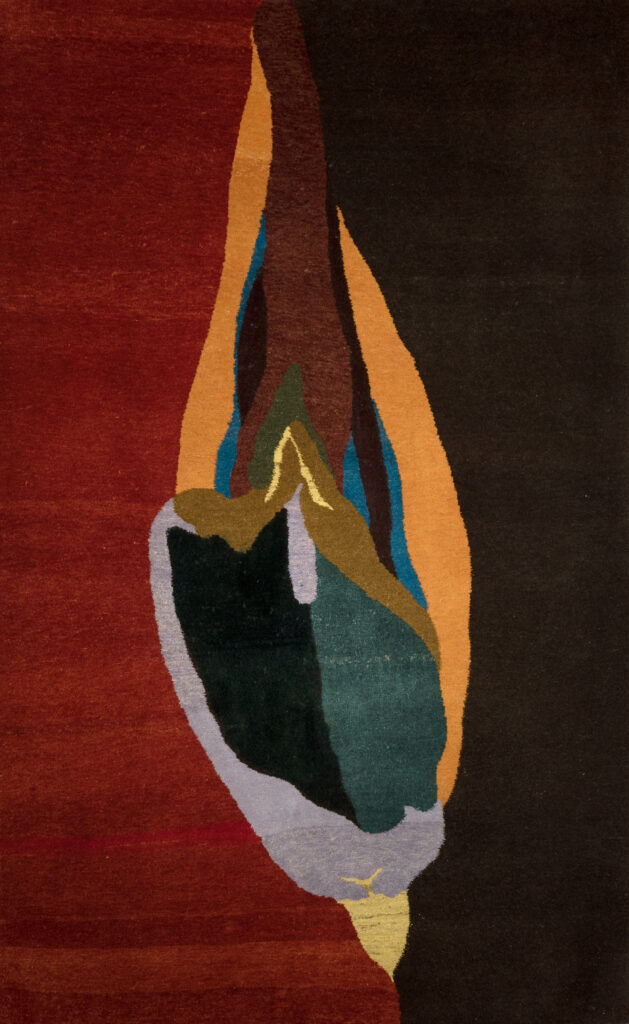
In a world often marked by division, this project emphasizes unity and shared vision. How do you imagine audiences and communities engaging with these woven artworks–as collectors, viewers, or participants in a larger cultural dialogue?
It is a back and forth, a sharing of art between different people. I create the initial work, then it is translated into the pattern that will be woven, shared with the makers who then source the wool, dying it with natural dyes and weaving it into an entirely different object. It feels like a great collaboration. I trusted the artisans making this piece implicitly. I knew that they wanted to make something really beautiful. The artist, maker, viewer and collector are all participating in this dialogue which crosses mediums, time and borders.
Saman and Sasan Oskouei
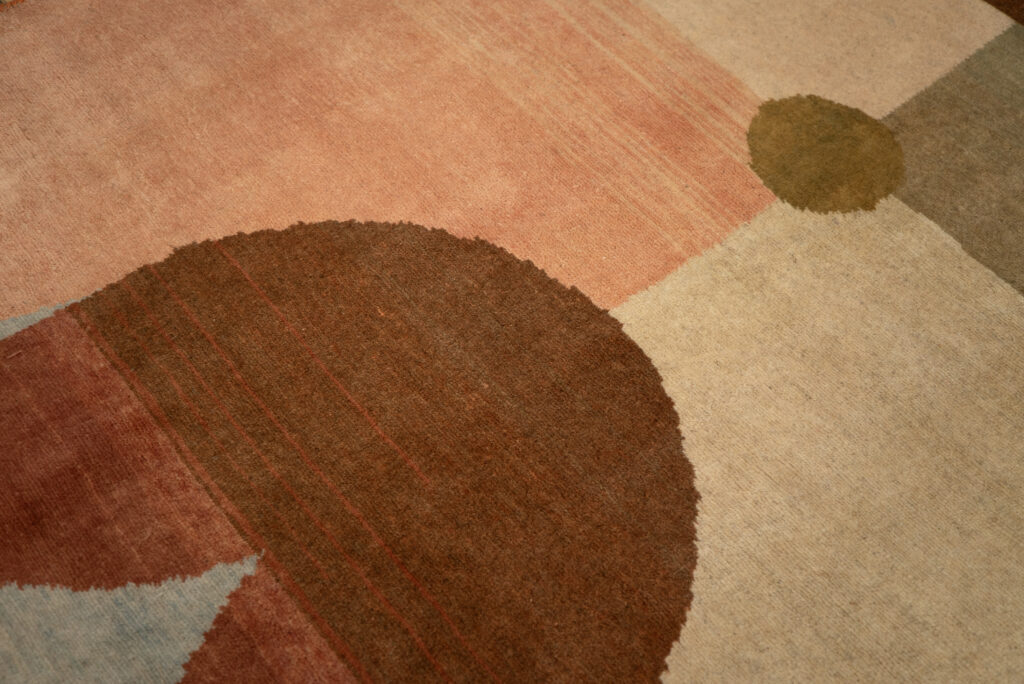
This project brings contemporary artistic visions into dialogue with the ancient craft of weaving. How do you see the act of translating digital or conceptual ideas into handwoven carpets reshaping our understanding of both mediums?
This collaboration feels especially meaningful for us, as the rug was woven in a village close to our hometown — a place we haven’t been back to in over 13 years. In a way, it makes us feel closer to home, even from afar. We also see it as a true collaboration with the weaver who brought the piece to life, as their work is often overlooked in the art world. It’s beautiful that Thames Carpets and Toby are creating this bridge between international artists and these incredible women from villages rarely acknowledged. We’re sure they’ll feel proud seeing their craftsmanship recognized and exhibited in a gallery in London.
Mays Al Moosawi
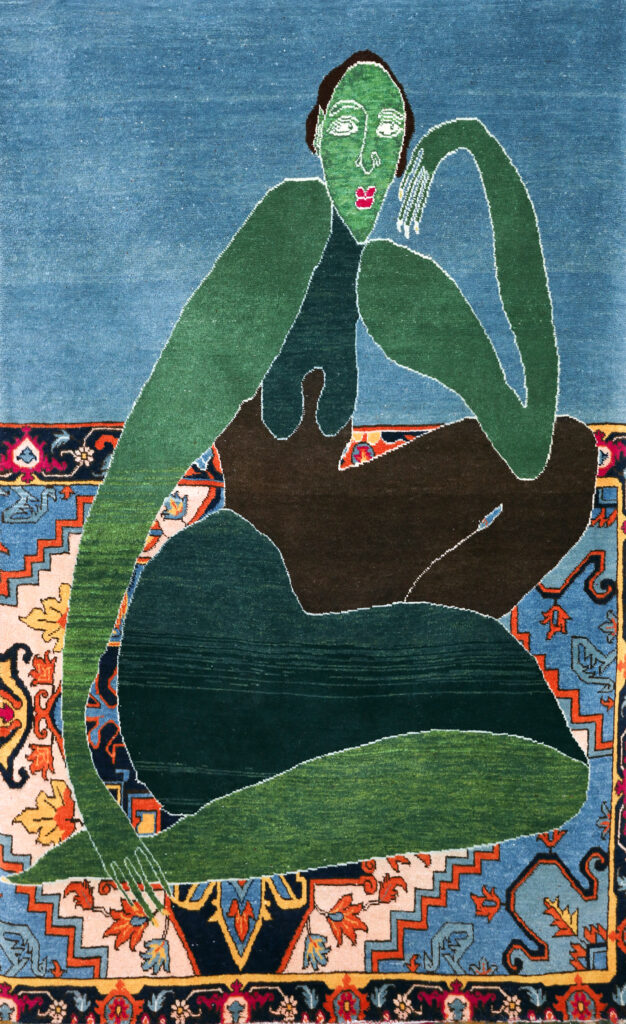
This project brings contemporary artistic visions into dialogue with the ancient craft of weaving. How do you see the act of translating digital or conceptual ideas into handwoven carpets reshaping our understanding of both mediums?
I think turning digital or conceptual ideas into something handwoven brings back a sense of touch and time. It slows things down and adds emotion and imperfection, which I really value. The process gives digital work a more human quality and makes the traditional craft feel contemporary, like both are meeting halfway.
Historically, rugs and tapestries have been carriers of cultural memory and symbols of power. What kinds of narratives or cultural shifts do you hope this collaboration with Thames Carpets will capture for our time?
For me, this collaboration reflects how tradition and modernity can exist side by side. It captures a shift where cultural memory doesn’t disappear with change, it simply transforms. I believe there’s always room for both the old and the new to grow together.
The works are described as both sculptural and political—objects and surfaces. Can you speak to how the materiality of weaving offers a unique platform for contemporary artists to explore these dual roles?
Weaving is a very human process. It’s repetitive and meditative, but it also holds tension between fragility and strength. That’s what draws me to it. It feels sculptural because it’s built through layers, and political because it carries histories of care and labor that are often overlooked. It’s quiet work, but it says a lot.
In a world often marked by division, this project emphasizes unity and shared vision. How do you imagine audiences and communities engaging with these woven artworks—as collectors, viewers, or participants in a larger cultural dialogue?
I see this project as a space that brings people together. It will draw in those who love traditional handcraft and those who connect with contemporary art, creating a dialogue between both worlds.


